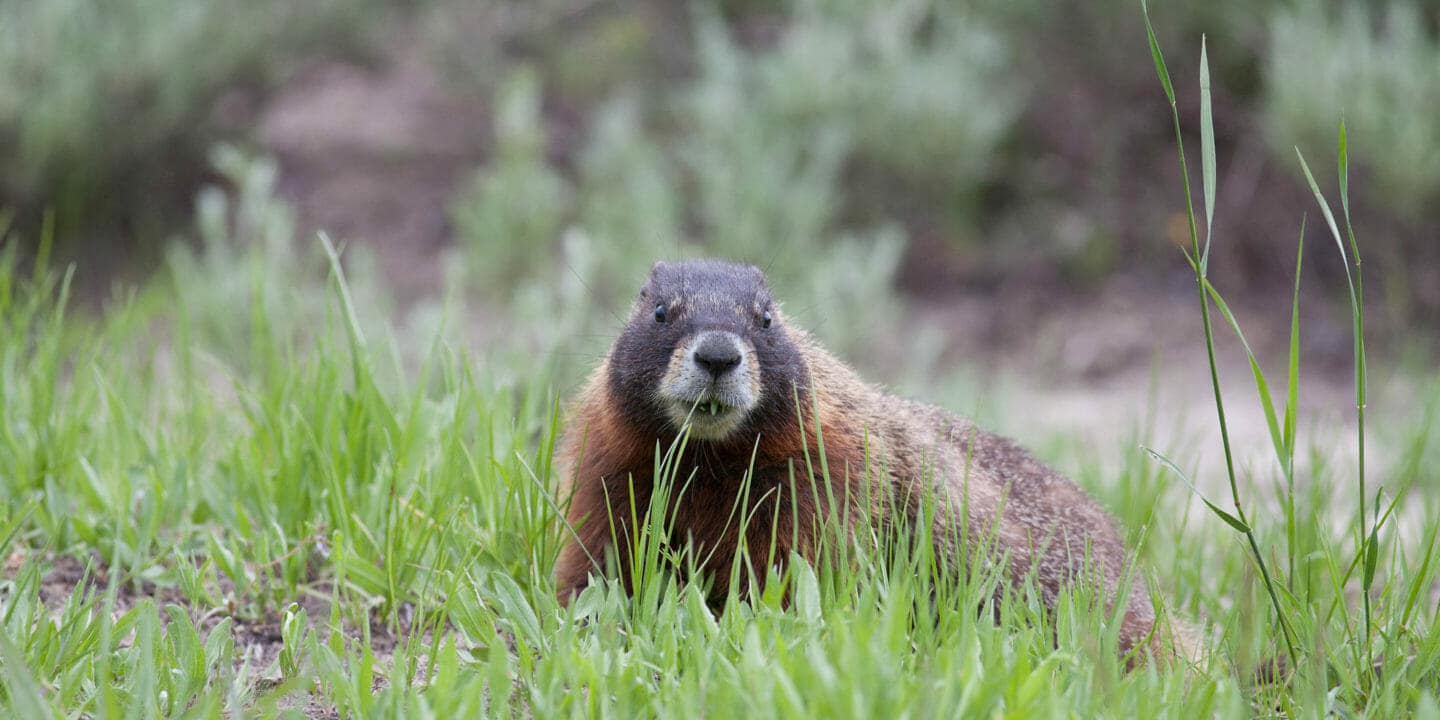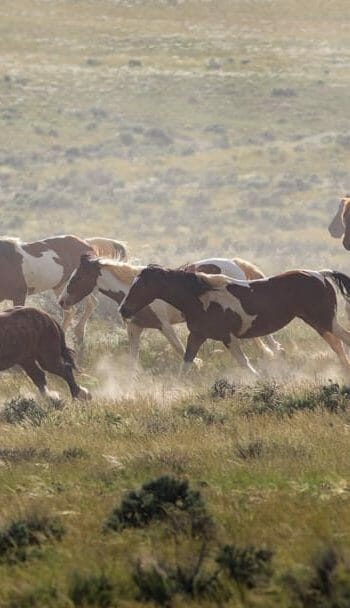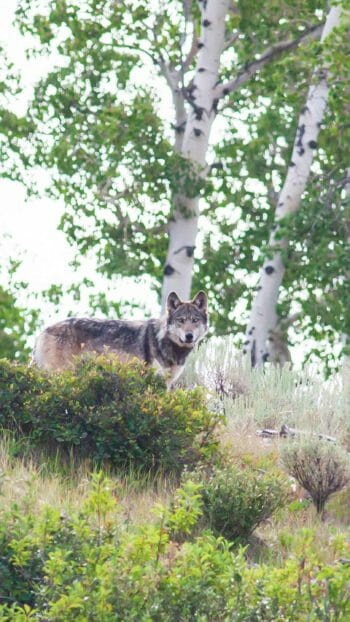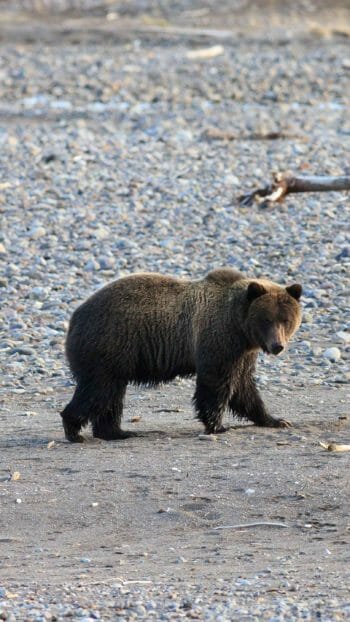Explore Different Habitats
When summer season is upon us, there are two places I prefer to be: (1) on top of a mountain or (2) down in a valley floating a river! Both of these habitats, for obvious reasons, are not easily accessible in winter and are certainly more accommodating in summer! Both are also wonderful places to be on a warm summer day.
Millions of people will visit Yellowstone during a 4 month summer season. And while Yellowstone is an incredibly unique landscape, it really is a high plateau. Consider that the average elevation within the Park is roughly 8000 feet above sea level. The vast majority of people will simply stay on the plateau. However, due to the consistent nature of the volcanic soils and a fairly uniform elevation, the plant communities are dominated by lodgepole pine. There is simply not much diversity of plant and animal communities! Don’t misunderstand, Yellowstone is great for big wildlife, particularly bison, bears, and wolves. But for the subtle and small and unusual, you may want to get off the plateau.
Mountain Ranges
One way to gain diversity is to hike the mountain ranges surrounding Yellowstone. The mountains get much higher resulting in a range of diversity, but for many people they are more difficult to access as they require more walking/hiking.
River Valleys
Another way to gain diversity is to go to the lower elevations! This is where the rivers come in. By taking a drift boat (non-motorized) and floating downstream on the current, we can explore the cottonwood forests, grasslands, shorelines, and backwater channels of the regional rivers. Of course, a river shoreline and flood plain can be very productive for wildlife.
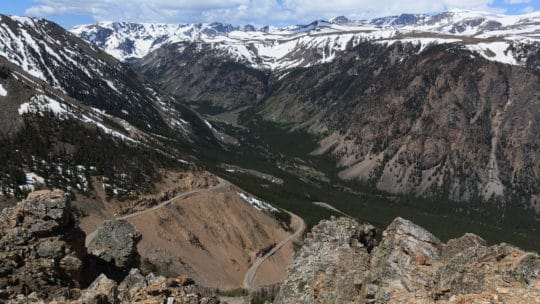
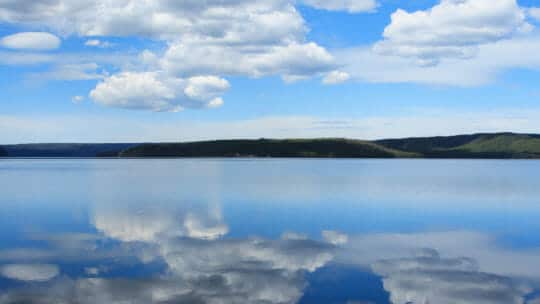
The River is a Wilderness Experience
In our situation, pretty much anyone can do this. With our aluminum “hard boat,” stability and comfort are supreme! Using actual deck chairs with arm and back rests, and with a flat (carpeted) floor, dry storage, cup holders, and lots of space, we can even accommodate potential physical disabilities. I emphasize all this because being in a boat allows us to access habitats and areas that few people ever see. While the National Parks will get pretty busy in many areas, the river trips take place to the north of Yellowstone where few people go, or are equipped to go. A day on a river is essentially a wilderness experience in a single day event.
Being in a boat allows us to access habitats and areas that few people ever see. While the National Parks will get pretty busy in many areas, the river trips take place to the north of Yellowstone where few people go, or are equipped to go. A day on a river is essentially a wilderness experience in a single day event.
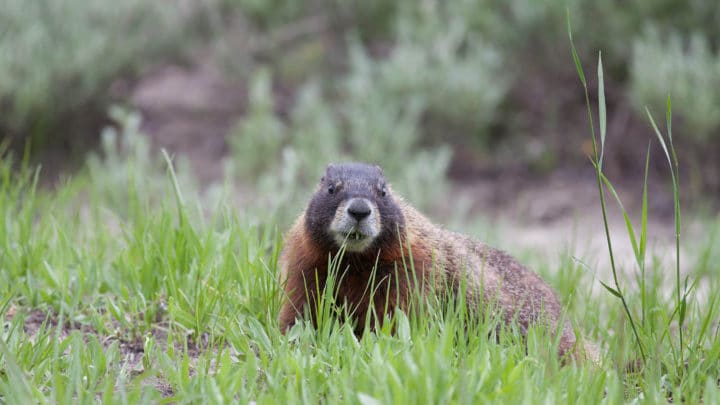
Wildlife Spotting from the River
Stop the boat on an island and walk the cottonwood forests: deer, birds, and a great place for a picnic with the rustle of leaves all around! Float and row through a side channel of the river and silently drift under the overhanging branches of a tall cottonwood, only to finally notice the bald eagle looking down upon us with its stern countenance. Find a slow pool of the river for a quick swim to cool down and play, and then follow a deer trail to a back water slough and a beaver lodge.
Beaver, mink, river otter, white-tailed and mule deer, eagles, herons, cranes, pelicans (yes…pelicans!), and an array of small birds are our wildlife goal.
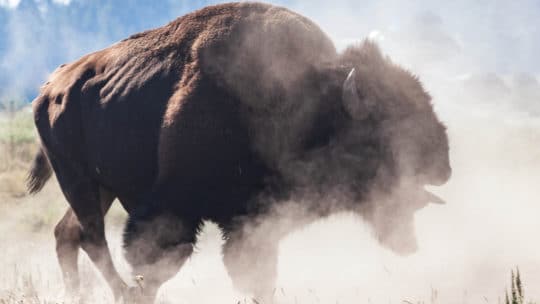
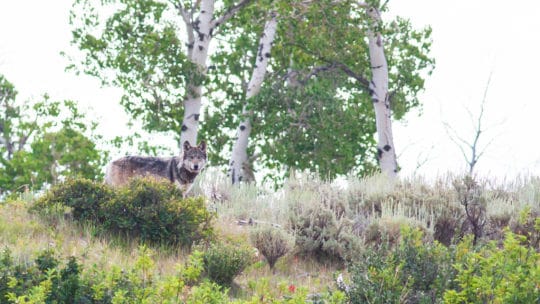
Native American Cultural Connection
It is also worth noting that Native Americans and the early Euro-American explorers (the expedition of Lewis and Clark) and “mountain men” often spent time on, and followed the rivers, in pursuit of the needs of life, beaver, and other fur bearing animals. In later years, the Bozeman trail and other emigrant routes followed the rivers as well. The experiences these people had are some of the great stories of the western United States.
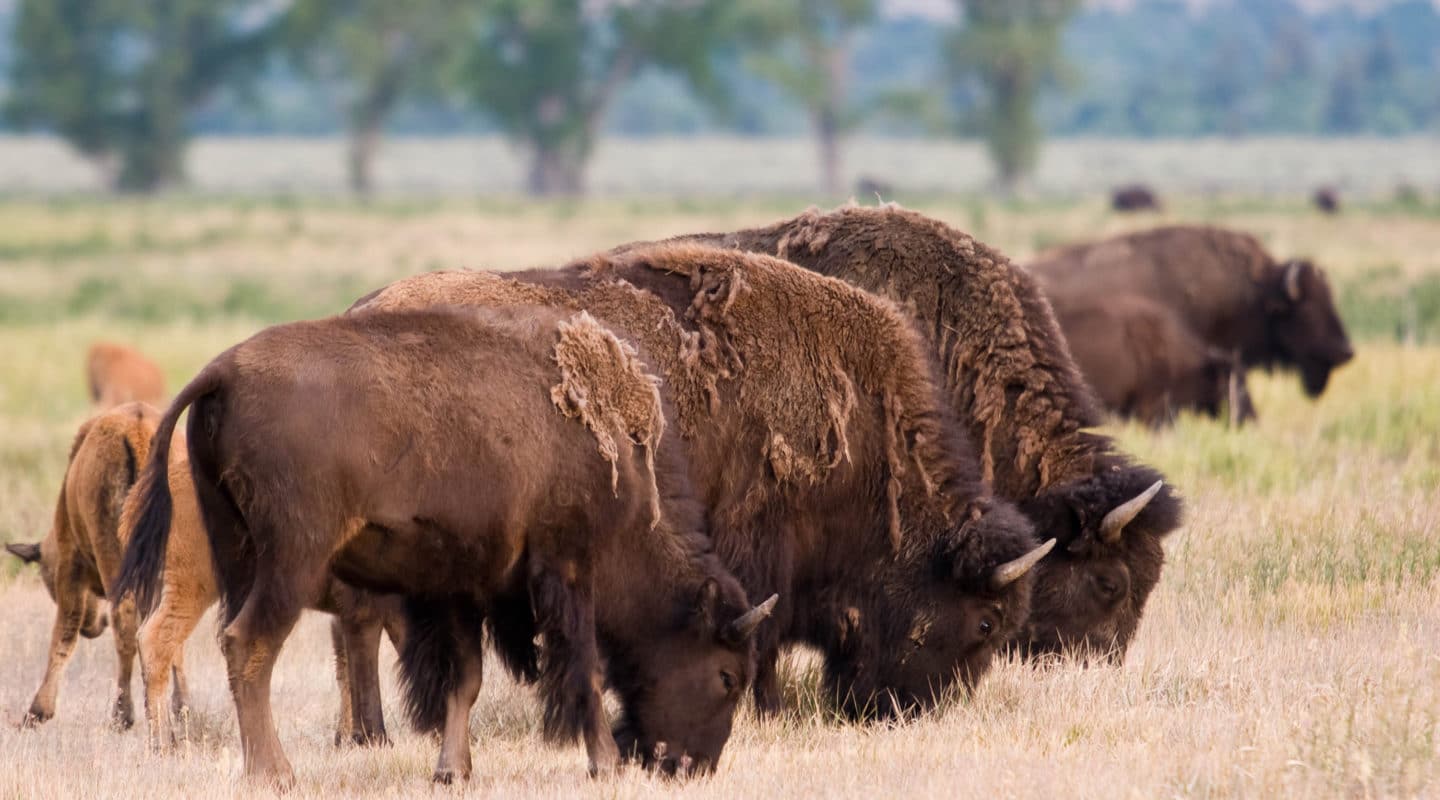
I always feel a little sorry for the folks who do not spend time on a river. In Yellowstone, there is simply no way to experience this habitat type. There is virtually no river travel allowed inside Yellowstone National Park. One region to which we go is on the Yellowstone River to the north of the National Park. In Grand Teton, to float the Snake River is excellent and comparable.
I recommend that everyone float either the Snake River inside Grand Teton National Park or the Yellowstone River to the north of Yellowstone National Park. On the Snake River there are many outfitters and river tour companies, to the north there is essentially only us. Both rivers have white water and fishing outfitters, and while these types of trips are different than the emphasis I describe above for wildlife, they are still time spent on water, and of course…water is life.
It is great to be on a river!

